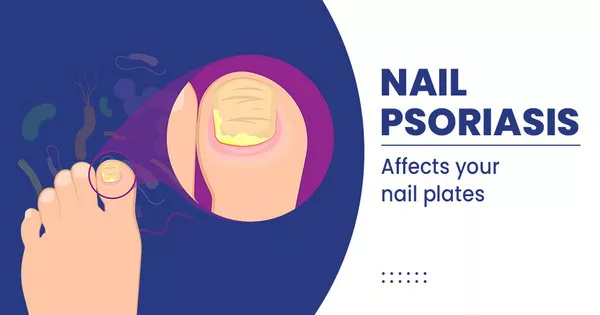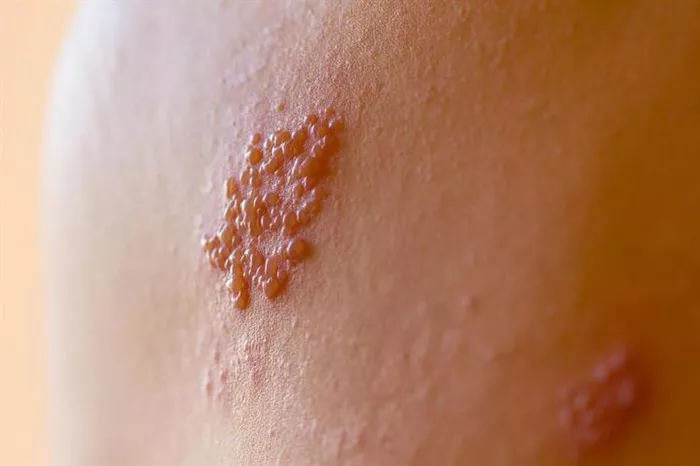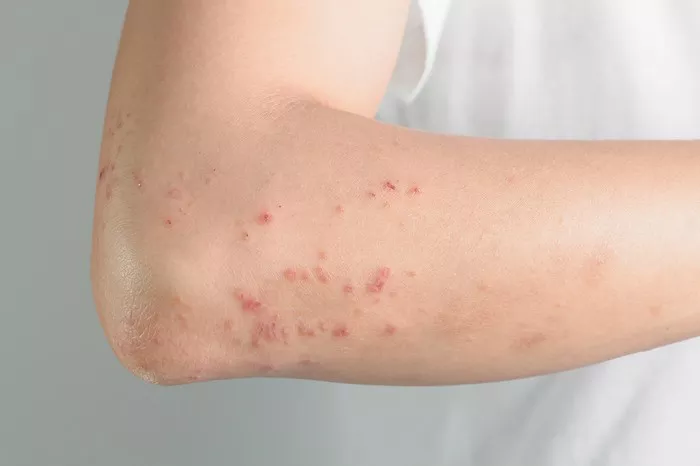Psoriasis is a chronic autoimmune condition characterized by the rapid growth of skin cells, leading to the formation of thick, red, and scaly patches on the skin. While psoriasis commonly affects areas such as the elbows, knees, scalp, and lower back, it can also affect the nails, resulting in a condition known as nail psoriasis. Nail psoriasis can be both physically and emotionally distressing for individuals affected by it. One of the primary concerns for those with nail psoriasis is the pain and discomfort associated with the condition.
Understanding Nail Psoriasis
Before delving into the question of whether nail psoriasis is painful, it’s essential to understand the nature of the condition itself. Nail psoriasis occurs when psoriasis affects the nail matrix, the tissue responsible for nail growth, and the nail bed beneath it. This can lead to various nail abnormalities, including pitting, discoloration, thickening, crumbling, and detachment of the nails from the nail bed.
The Spectrum of Pain in Nail Psoriasis
The experience of pain in nail psoriasis can vary significantly among individuals. For some, nail psoriasis may not cause any pain at all, while for others, it can be quite painful and debilitating. The degree of pain experienced often depends on the severity of the nail involvement and the specific symptoms present.
Painful Symptoms of Nail Psoriasis
Several symptoms commonly associated with nail psoriasis can contribute to pain and discomfort:
1. Nail Pitting: Pitting refers to the formation of small depressions or “pits” on the surface of the nails. These pits can make the nails rough and uneven, potentially causing discomfort, especially when handling objects or applying pressure to the fingertips.
2. Nail Thickening: Thickening of the nails, known as onychodystrophy, is a common feature of nail psoriasis. Thickened nails may press against the surrounding skin or shoe, leading to pain and pressure.
3. Nail Discoloration: Discoloration of the nails, such as yellowing or brownish discoloration, can occur in nail psoriasis. While discoloration itself may not be painful, it can be a source of embarrassment and psychological distress for individuals, impacting their quality of life.
4. Nail Crumbling: In severe cases of nail psoriasis, the nails may become brittle and prone to crumbling or breaking. This can cause pain and sensitivity, particularly if the nails break below the nail bed.
5. Nail Lifting: Onycholysis, or separation of the nail from the nail bed, is another common manifestation of nail psoriasis. When the nail lifts away from the nail bed, it can expose the sensitive skin underneath, leading to pain, inflammation, and increased risk of infection.
6. Nail Infections: Nail psoriasis can create openings in the skin around the nails, making it easier for bacteria and fungi to enter and cause infections. Infected nails can be painful, swollen, and tender to the touch.
Impact on Daily Activities
The pain and discomfort associated with nail psoriasis can interfere with various aspects of daily life. Simple tasks such as typing on a keyboard, buttoning a shirt, or gripping objects can become challenging and painful for individuals with severe nail involvement. Moreover, the psychological burden of living with visible nail abnormalities and chronic pain can contribute to feelings of self-consciousness, anxiety, and depression.
Managing Pain in Nail Psoriasis
While nail psoriasis can be painful and distressing, several strategies can help alleviate discomfort and improve the overall quality of life for affected individuals:
1. Topical Treatments: Topical medications, such as corticosteroids, vitamin D analogs, and retinoids, can help reduce inflammation and slow down the abnormal growth of skin cells in the nails. Applying these medications directly to the nails can provide localized relief from pain and discomfort.
2. Systemic Therapy: In cases of severe nail psoriasis that do not respond to topical treatments, systemic medications such as methotrexate, cyclosporine, or biologics may be prescribed to suppress the underlying immune response and reduce inflammation throughout the body, including the nails.
3. Phototherapy: Phototherapy, or light therapy, involves exposing the affected nails to ultraviolet (UV) light, which can help slow down the rapid growth of skin cells and reduce inflammation. Phototherapy is often used in combination with other treatments for optimal results.
4. Proper Nail Care: Practicing good nail hygiene can help prevent further damage to the nails and reduce the risk of complications such as infections. Trimming nails regularly, keeping them clean and dry, and avoiding trauma to the nails can all contribute to overall nail health and comfort.
5. Protective Measures: Wearing protective gloves when performing tasks that may expose the nails to trauma or chemicals can help prevent exacerbation of nail psoriasis symptoms. Additionally, wearing comfortable shoes with adequate room for the toes can reduce pressure on thickened or lifted nails.
6. Psychological Support: Dealing with the pain and visible symptoms of nail psoriasis can take a toll on a person’s mental well-being. Seeking support from mental health professionals or joining support groups with others experiencing similar challenges can provide valuable emotional support and coping strategies.
Conclusion
In conclusion, nail psoriasis can indeed be painful and uncomfortable for many individuals affected by the condition. The severity of pain can vary depending on the extent of nail involvement and the specific symptoms present. However, with appropriate management strategies, including topical and systemic treatments, proper nail care, and psychological support, it is possible to alleviate pain, reduce discomfort, and improve the overall quality of life for individuals living with nail psoriasis. Early diagnosis and intervention are key to preventing further damage to the nails and minimizing pain and complications associated with the condition.

























